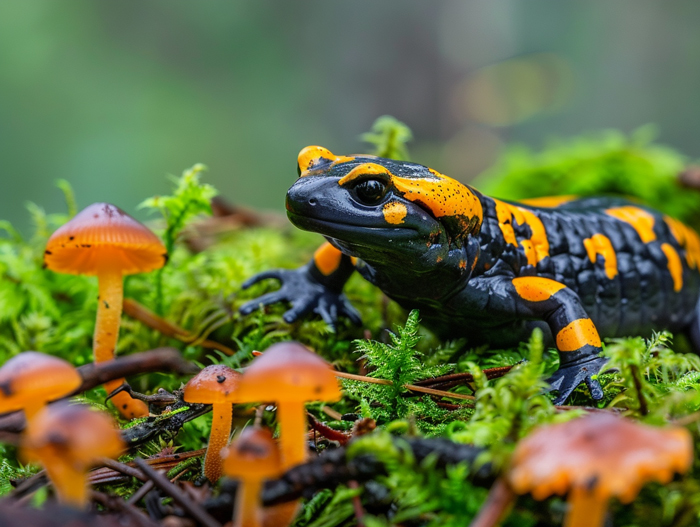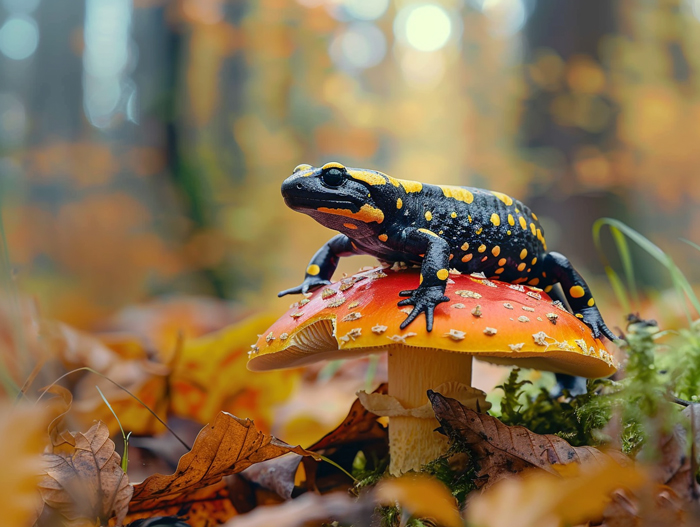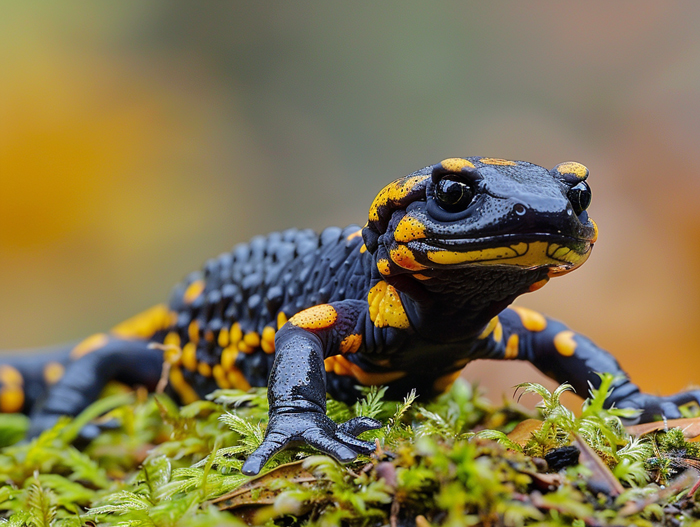Are salamanders dangerous? You might be surprised to learn that these fascinating creatures are often misunderstood. In this text, we’ll investigate into the world of salamanders and explore whether they pose any threat to humans.
While some species of salamanders do produce toxins as a defense mechanism, the majority of them are harmless to humans. Understanding the behavior and characteristics of different salamander species can help you appreciate these creatures without fearing them.
Join us as we uncover the truth about salamanders and separate fact from fiction. By the end of this article, you’ll have a clearer understanding of whether salamanders are truly dangerous or simply misunderstood.
Key Takeaways
- Salamanders are mostly harmless to humans, with only some species producing toxins as a defense mechanism.
- Salamanders have diverse characteristics, habitats, and diets, feeding primarily on insects, worms, and small animals.
- Defensive mechanisms of salamanders include toxin secretion, bright coloration as warning signals, and regenerating lost body parts.
- It’s crucial to handle salamanders with care, especially those known to be poisonous, to avoid potential harm.
- Common myths about salamanders being aggressive or venomous are generally false; most salamanders are shy and harmless if not provoked.
- When encountering salamanders, always exercise caution, wash thoroughly if bitten, and avoid mishandling to prevent stress or harm to the creatures.
Overview of Salamanders

What are Salamanders?
- Salamanders are amphibians known for their slender bodies and long tails.
- They typically have moist skin, enabling them to breathe through their skin as well as lungs.
- Habitat: Salamanders are often found in damp places like forests, rivers, and lakes.
- Types: There are over 600 species known worldwide, ranging in size, color, and habits.
- Coloration: Salamanders can be brightly colored or earth-toned, often reflecting their environment.
- Diet: Their diet consists of insects, worms, and small animals depending on the species.
Jump into the intricate world of salamanders to appreciate their diverse characteristics and habitats.
Salamanders’ Behavior

Habitat and Diet
Salamanders are found in various habitats, including forests, rivers, and lakes. They thrive in moist environments where they can easily absorb water through their skin. When it comes to diet, salamanders primarily feed on insects, worms, and small animals. Their diet may vary based on the species and availability of prey in their habitat.
Defensive Mechanisms
Salamanders have evolved unique Defensive Mechanisms to protect themselves from predators. Some species use toxins secreted from their skin as a deterrent. Others may exhibit bright coloration as a warning signal to potential threats. Also, certain salamanders can regenerate lost body parts, making them resilient in the face of danger.
Potential Risks of Salamanders

Poisonous Species
- Some salamanders secrete toxic substances, like the Eastern newt (Notophthalmus viridescens).
- Direct contact or ingestion of these toxins can be harmful, causing symptoms such as irritation or more severe reactions in some cases.
- It’s crucial to handle salamanders with care, especially if you are unsure of the species’ toxicity level.
- Salamanders rarely bite, and their small teeth are not designed for aggressive behavior.
- If bitten, wash the area thoroughly with soap and water, and monitor for any signs of infection.
- While direct contact with most salamanders is safe, it’s still essential to exercise caution when handling them to avoid stress or mishandling.
Myths vs. Facts
When it comes to salamanders, there are various myths and misconceptions circulating about their danger levels. It’s important to distinguish between what’s true and what’s false.

Myths:
- Myth: All salamanders are venomous.
- Myth: Salamanders are aggressive and will attack humans.
- Myth: Touching a salamander can lead to immediate harm.
- Fact: Not all salamanders are poisonous. Some species are completely harmless.
- Fact: Salamanders are generally shy and tend to avoid humans.
- Fact: While some salamanders can be toxic, most toxins are not harmful unless ingested or enter the bloodstream.
Important Note: Always handle salamanders with care and avoid touching them if you are unsure of their species or toxicity level.
Conclusion
Remember, not all salamanders pose a danger to you. While some species may carry toxins, they are typically harmless unless consumed or absorbed into your bloodstream. It’s crucial to handle salamanders with caution and avoid contact if you’re uncertain about their species or toxicity. By being mindful and informed, you can appreciate these fascinating creatures without putting yourself at risk. Stay curious and respectful of nature’s diversity!

Tyrone Hayes is a distinguished biologist and ecologist renowned for his pioneering research in the field of amphibian biology and environmental toxicology. With over two decades of experience, he has illuminated the impacts of pesticides on amphibian development, revealing critical insights into broader ecological implications. Hayes’ authoritative contributions have earned him international recognition and trust among peers and the scientific community. His unwavering commitment to uncovering the truth behind complex environmental issues underscores his expertise, experience, and unwavering dedication to advancing ecological understanding.
